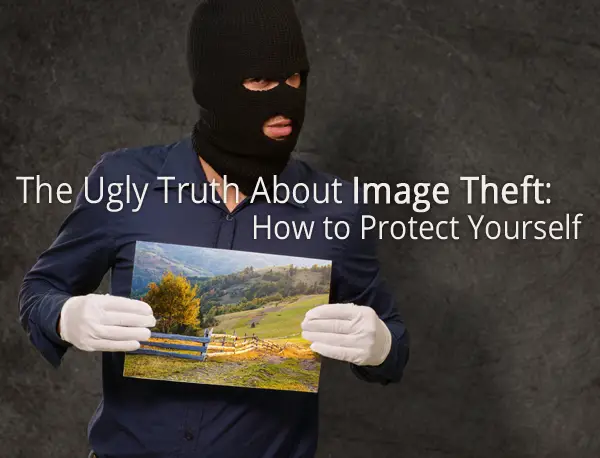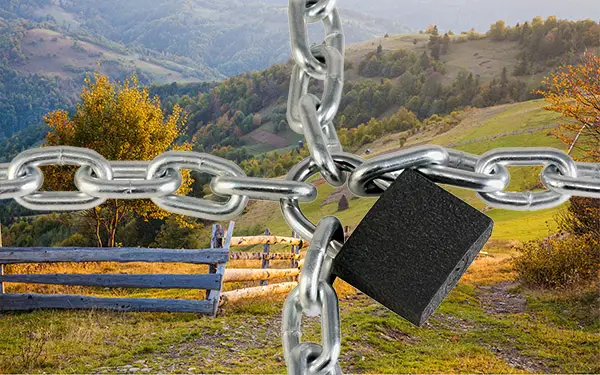Back in the Middle Ages, you could have your ears or hands cut off as a punishment for theft.

Though in today’s civilized society, lots of things have changed, and we no longer deprive people of the parts of their body. Instead, we, in the worst case, put them to jail, with their ears safe!
While theft is an issue known since the beginning of times, the modern world made it necessary to look into the question once again – because of intellectual property.
It was not a global issue talked about daily until late 20th century. And now, with the help of digital media and the Internet – getting someone’s intellectual property without the permission of the author is not that difficult.
And as times have changed, we probably need to review all the morals and laws to make them work in the 21st century – an era of .jpg, .mp3, and .avi, when you scratch your head, thinking whether to spend five minutes on downloading a $100,000,000 movie or rather sitting back and enjoying a freshly downloaded eBook that took its author two years to write.
Modern Internet technologies are of course a revolution in content sharing, and this is both a blessing and a curse.
A blessing for the takers, a curse for the givers, so to speak.
So what about photographers? What can they do to secure their works? What are the possible scenarios? What are the possible outcomes?
1. What Are the Ways to Protect Yourself From Image Theft?

An almost 100% safe way to protect yourself is to shoot crap. When no one likes your photos, no one steals them.
Remember this when you first see that your photo has been stolen – and rejoice in this solemn moment.
Kidding aside, there are several techniques used today to minimize the possibility of stealing your photo. But, just like condoms, none of them give you 100% protection.
a) Watermarking
While this is a powerful way to protect your photos from unauthorized usage, it can also be a powerful way to scare away the visitors because a huge watermark over an image spoils the whole impression, for sure.
b) Use Low Resolution
Using low resolution photos (800×600 or smaller) can reduce the risk of them being used in print, but someone can still take them for web purposes.
c) Disable Right-click
As simple as it is, you can prevent users from downloading a photo by preventing a right-click function when the mouse cursor is over it. Red more about it here:
Disabling Right-Click on a web page
d) Slice and Dice Your Images
Slice and dicing a photo is a process that involves cutting an image apart and then putting it back together to make the thief’s life tough. Read about this trick here:
e) CSS tricks
One more way is to put a transparent image over your photo, so that, when a visitor right-clicks on the image and downloads it, what he gets on his hard drive is a mere transparent .gif file:
Tips and Techniques to Protect Images on the Internet
2. What Can You Do if Your Photo Has Been Stolen?

No matter how hard you’ve tried, we have one of your photos stolen. What do we do next?
From my point of view, this greatly depends on who the stealer is.
Yes, theft is an act that is considered immoral universally, but would you want a $100,000 compensation from a 9-year-old girl who used your photo to make a birthday card for her grandma?
While she certainly deserves a lecturing story about a little pony that has used the little rabbit’s intellectual property without permission, and the rabbit is now all sad about it, that’s about it.
Of course, in reality, image theft is usually much more unpleasant.
Like this story of a teenage girl, only this time without ponies and rabbits!
Quite often action has to be taken, and there are several steps to choose, depending on the severity of the infringement.
Not to reinvent the wheel, but here is a good article describing possible ways to sort the situation out:
What To Do When Your Image Is Stolen Online
3. Why Do People Keep Stealing Our Photos?
This is an interesting question. The main problem about violating photographer’s copyrights is not necessarily pure malice to get something for free when you should have bought it instead.
I think something different drives people who take you work and use it in any way they want – they just do not see a photo as a “product” which required skills, effort and money to be produced.
“Well, I have a couple of descent photos in my phone’s gallery, too. Everybody does. Why should I pay for one or even ask for permission?” This is almost an exact quotation of some of my random acquaintances. And this is a problem with many professions – when something seems “too easy” for those who haven’t actually tried doing it.
For dessert, here is an excellent article about why people actually find it “normal” to steal photos –
10 Bogus Excuses People Use When They Steal Photos from the Web
4. Afterword
I hope you have found something from the above useful, and I hope your photos are safe 🙂
Maybe you have your own ways of fighting copyright violation – it would be nice to read about them in the comments!









Thank you very much for all… I think it was an enlightening article…
I love the CSS trick it seems wonderful. Also I like the slice and dice which I think I will learn to do. THANKS!
Another tool used to download items is to (fn + pnt sc). This is then pasted to paint, etc This bypasses the disabling of the right click function. Any suggestions?
No matter which of the tricks a, b, c, d, e you have used, a thief can always use the ImprPant button of the keyboard and steal your photo.
The main question is: Have you registered the picture in first place? Because if you have not, there is no way that you claim your property rights.
One trick that I usually do is to substitute the picture by a gif wich consists in a sucesion of several partial photos, each one of them worthless to download. Not easy to achieve, but it works.